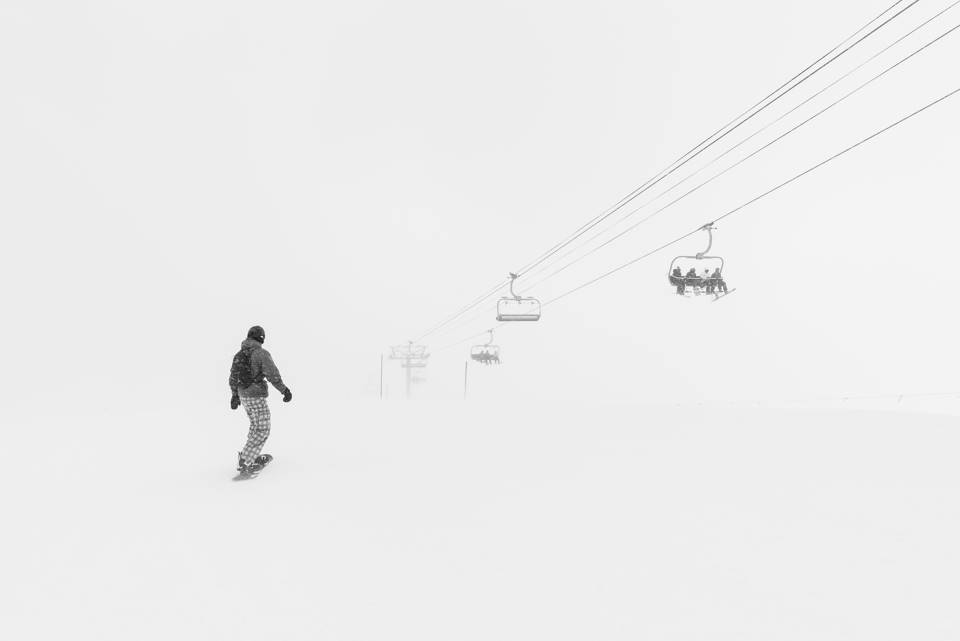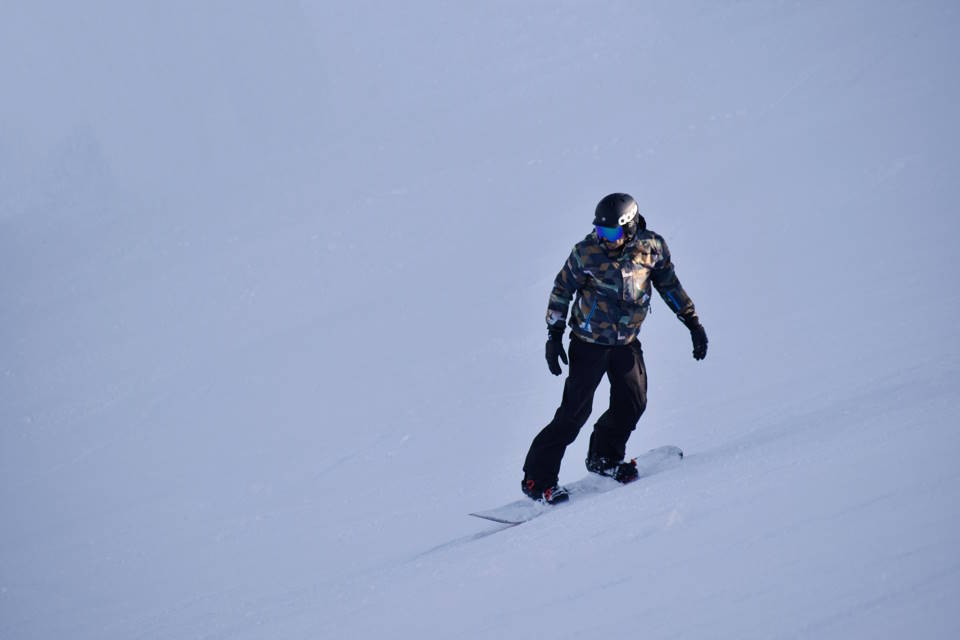Snowboarding is a popular winter sport enjoyed by enthusiasts around the world. However, many people may wonder about the potential dangers and risks involved in this adrenaline-pumping activity. In this blog post, we will take a closer look at the safety aspects of snowboarding and address common concerns related to its potential dangers. From understanding the risks and common injuries to exploring safety precautions and the necessary gear, we will delve into the various aspects of snowboarding that can impact the safety of participants. Additionally, we will also discuss the importance of proper training and skill development in minimizing the potential risks associated with snowboarding. Finally, we will highlight the numerous physical and mental benefits that this thrilling sport has to offer. Whether you’re an experienced rider or a beginner looking to explore the world of snowboarding, this post will provide valuable insight into the safety and benefits of this exhilarating winter activity.Learn about the risks, safety gear, injuries, training, and benefits of snowboarding. Essential tips for a safe and enjoyable experience on the slopes.
Understanding The Risks
Snowboarding is an exhilarating and popular winter sport that brings thrill-seekers to the mountains every year. However, it is important to understand the risks involved in this extreme sport before hitting the slopes. One of the main risks of snowboarding is the potential for serious injury, especially for beginners who may not have mastered the necessary skills to navigate the mountain safely. In addition to physical injuries, there is also the risk of avalanches, which can be deadly if proper safety precautions are not taken.
Another important risk to consider is the weather conditions. Snowboarders often face cold temperatures, strong winds, and limited visibility on the mountain, all of which can increase the likelihood of accidents and injuries. It is crucial for snowboarders to be aware of the weather forecast and to dress appropriately for the conditions in order to minimize these risks.
Furthermore, the terrain itself poses risks to snowboarders. Steep slopes, rocky areas, and treacherous obstacles can all contribute to accidents and injuries on the mountain. It is essential for snowboarders to be familiar with the terrain they are riding on and to always stay within their skill level to reduce the risk of accidents.
Despite these risks, with proper training, safety precautions, and the right gear, snowboarding can be a safe and enjoyable activity for enthusiasts of all skill levels. By understanding the risks involved and taking the necessary precautions, snowboarders can minimize the dangers and make the most of their experience on the mountain.
Safety Precautions And Gear
When hitting the slopes for a day of snowboarding, it’s essential to take the necessary safety precautions and gear to ensure a safe and enjoyable experience. One of the most important pieces of gear for snowboarding is a well-fitting helmet. A helmet can protect you from head injuries in case of a fall or collision. It’s also important to wear impact-resistant goggles to protect your eyes from snow, wind, and debris while riding.
Additionally, wearing proper snowboarding boots and bindings is crucial for stability and control while on the mountain. When selecting boots, ensure that they fit snugly and provide proper ankle support. Properly fitted boots will help prevent ankle injuries and ensure a comfortable ride. Bindings should also be adjusted to the rider’s specific stance and skill level to enhance performance and safety.
Another important safety precaution for snowboarders is to stay aware of their surroundings at all times. It’s crucial to remain mindful of other riders, potential obstacles, and changing weather conditions. Additionally, following trail signs and markers can help snowboarders navigate safely and avoid hazardous areas on the slopes.
Lastly, it’s important to dress appropriately for the weather conditions when snowboarding. Layering clothing, wearing waterproof outerwear, and using gloves and hand warmers can help protect against cold temperatures and keep riders comfortable throughout the day.
Common Snowboarding Injuries
Snowboarding is an exhilarating and challenging winter sport that comes with its fair share of risks. Injuries are unfortunately a common occurrence in the world of snowboarding, with new enthusiasts and seasoned veterans alike at risk of getting injured while on the slopes. It’s important for every snowboarder to be aware of the potential injuries that can occur, and take the necessary precautions to minimize the risk of getting hurt.
One of the most common injuries in snowboarding is wrist fractures. This type of injury typically occurs when a snowboarder falls forward and attempts to break the fall with their hands. Wrist guards are a vital piece of protective gear that can help reduce the risk of wrist fractures, as well as other hand and wrist injuries.
Another prevalent snowboarding injury is a sprained ankle. This can happen when a rider lands a jump or trick awkwardly, or when their board catches an edge unexpectedly. Properly fitted and secured snowboard boots can provide the ankle support necessary to help prevent this type of injury.
Head injuries are also a significant concern in snowboarding. Collisions with other riders, trees, or hard packed snow can result in concussions or more serious head trauma. Wearing a helmet is essential for protecting the head from injury, and should be a non-negotiable for every snowboarder, regardless of skill level.
Training And Skill Development
When it comes to snowboarding, developing the necessary skills and technique is essential for enjoying the sport to its fullest. Training for snowboarding involves mastering the basic maneuvers such as turns, stops, and controlling speed. These skills are essential not just for your enjoyment, but also for your safety on the slopes. Proper training and skill development can make a significant difference in your overall experience as a snowboarder.
One of the best ways to develop your snowboarding skills is to take lessons from a qualified instructor. Whether you’re a beginner or an intermediate rider, instruction from a professional can help you improve your technique and confidence on the mountain. In addition to formal lessons, practicing regularly on various terrains and snow conditions can also contribute to your skill development as a snowboarder.
Another aspect of training and skill development in snowboarding is mastering advanced maneuvers and tricks. Learning to ride switch, perform grabs and spins, and navigate terrain parks can take your snowboarding to the next level. However, it’s important to approach these advanced skills with caution and to always prioritize safety over pushing your limits.
Overall, training and skill development are fundamental aspects of becoming a proficient snowboarder. Whether you’re a recreational rider or aspiring to compete, dedicating time to honing your abilities and technique can greatly enhance your experience on the mountain.
Benefits Of Snowboarding
When it comes to the benefits of snowboarding, there are numerous physical and mental advantages to be gained. For starters, snowboarding is a fantastic full-body workout that engages muscles throughout the core, lower body, and upper body. The dynamic nature of the sport also helps to improve balance, flexibility, and coordination, making it an excellent way to stay in shape during the winter months.
Furthermore, snowboarding offers the opportunity to spend time outdoors in the fresh mountain air, providing a valuable dose of Vitamin D and a mood boost. The adrenaline rush of riding down the slopes can also help to reduce stress and anxiety, leading to improved mental wellbeing. Additionally, snowboarding encourages goal-setting and perseverance, as riders work to conquer new tricks and challenges on the mountain.
Another benefit of snowboarding is the sense of community it fosters, as riders often bond over their shared love of the sport and support each other’s progression. This sense of camaraderie can lead to lasting friendships and a strong sense of belonging within the snowboarding community.
Overall, the benefits of snowboarding extend far beyond simply enjoying the thrill of the ride. Whether it’s the physical fitness, mental wellness, or social connections, snowboarding offers a multitude of rewards for those who choose to embrace the sport.









